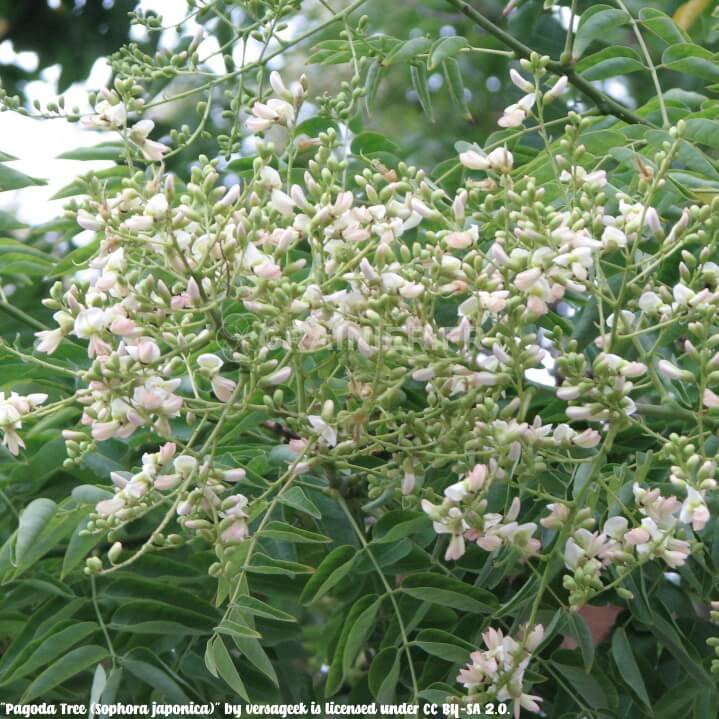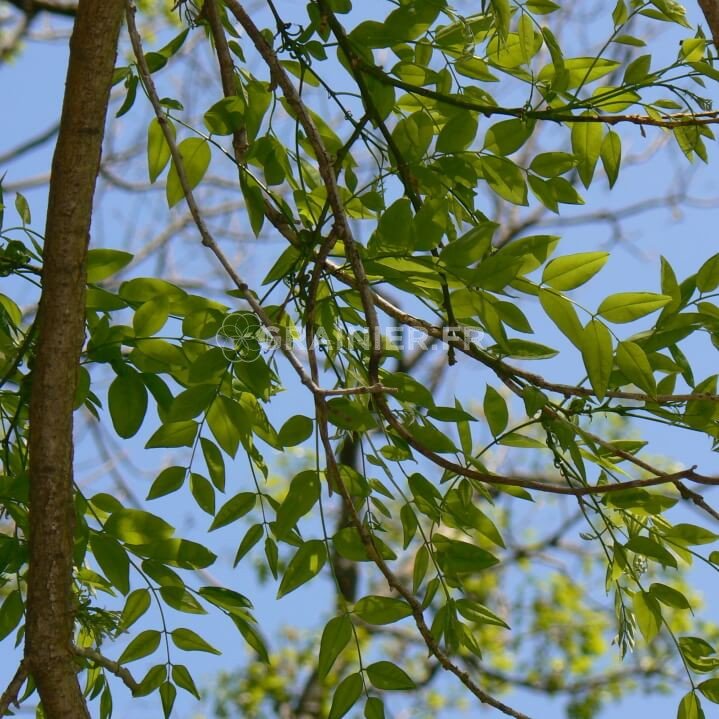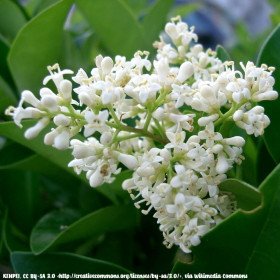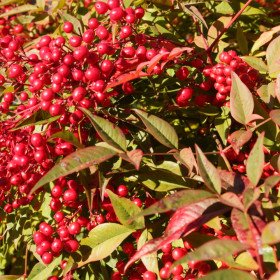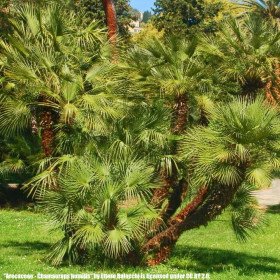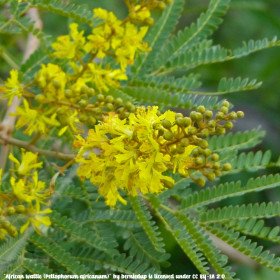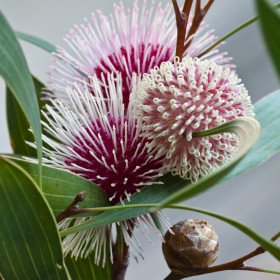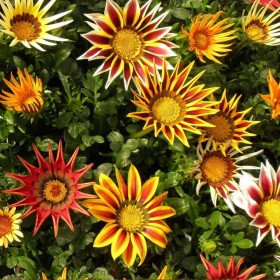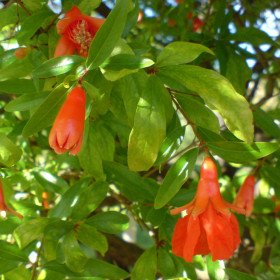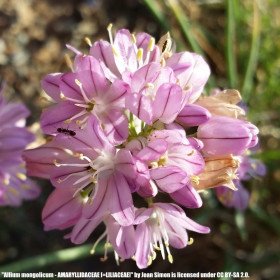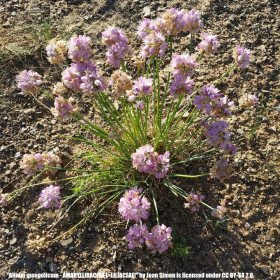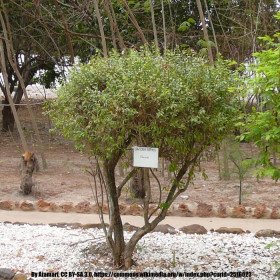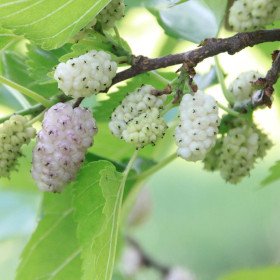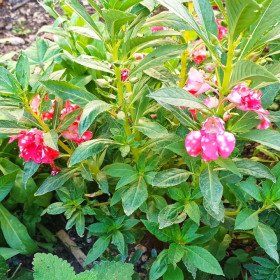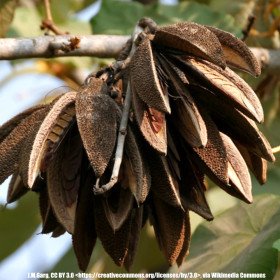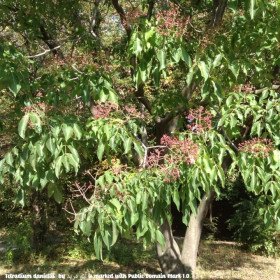5 Graines Sophora du Japon, Arbre des pagodes
5 Graines Sophora du Japon, Arbre des pagodes
- Modèle : 5 Graines Sophora du Japon, Arbre des pagodes
- Disponibilité : 7
- 1,50€
Arbre des pagodes, Sophora du Japon, Styphnolobium japonicum |
Nom du Produit : Graines de Sophora du Japon (Styphnolobium japonicum)
5 graines - Rusticité : - 10 °C - Tremper les graines 24 h dans l'eau avant semis à 18/20°C
Description :
Les graines de Sophora du Japon (Styphnolobium japonicum), également connu sous le nom de Sophora japonica, proviennent d'un arbre à feuilles caduques appartenant à la famille des Fabaceae. Originaire d'Extrême-Orient, cet arbre est apprécié pour son feuillage délicat et sa floraison abondante de petites fleurs blanches odorantes, suivies de gousses décoratives. Le Sophora du Japon est souvent planté comme arbre d'ornement dans les parcs et jardins pour sa beauté esthétique et son ombre agréable.
Caractéristiques :
- Type : Arbre à feuilles caduques
- Nom botanique : Styphnolobium japonicum (anciennement Sophora japonica)
- Origine : Extrême-Orient (Chine, Japon, Corée)
- Hauteur : 10 à 25 mètres
- Feuillage : Feuilles composées vert foncé, caduques
- Fleurs : Inflorescences en grappes de petites fleurs blanches parfumées
- Exposition : Plein soleil à mi-ombre
- Type de sol : Bien drainé, fertile
Informations de Culture :
- Période de semis : Printemps (mars à mai)
- Germination : 14 à 28 jours
- Profondeur de semis : Superficiel, presser légèrement les graines dans le sol
- Espacement : 5 à 7 mètres entre les plants (selon l'espace disponible pour la croissance de l'arbre)
- Arrosage : Modéré, surtout pendant les périodes sèches
Conseils de Jardinage :
- Préparation du Sol : Choisissez un emplacement en plein soleil à mi-ombre avec un sol bien drainé et fertile.
- Semis : Semez les graines à la surface du sol au printemps. Gardez le sol légèrement humide jusqu'à la germination.
- Entretien : Arrosez régulièrement pour maintenir le sol légèrement humide pendant la première année de croissance. Réduisez l'arrosage une fois l'arbre établi.
- Taille : Taillez légèrement pour former la structure de l'arbre au besoin. Éliminez les branches mortes ou endommagées au fur et à mesure.
Avantages :
- Ornemental : Utilisé comme arbre d'ornement pour ses fleurs parfumées et ses gousses décoratives.
- Ombre : Fournit une ombre agréable en été.
- Adaptabilité : Tolère une large gamme de conditions de sol et de climat modéré.
Utilisation :
Le Sophora du Japon (Styphnolobium japonicum) est idéal pour les grands jardins, les parcs et les espaces paysagers. Utilisez-le comme spécimen isolé pour profiter de sa beauté florale et de son ombre rafraîchissante. Les fleurs sont également attrayantes pour les pollinisateurs, ajoutant une touche de vie à votre jardin.
Etiquettes : arbre, miel, sophora, japon, styphnolobium, japonicum, GRAINES DE FLEURS & ARBRES Arbre à miel, Sophora du Japon, Styphnolobium japonicum, Exotiques & Rares Arbre à miel, Sophora du Japon, Styphnolobium japonicum, Arbres & Bonsaï Arbre à miel, Sophora du Japon, Styphnolobium japonicum, Arbre à miel, Sophora du Japon, Styphnolobium japonicum GRAINES DE FLEURS & ARBRES, Arbre à miel, Sophora du Japon, Styphnolobium japonicum Exotiques & Rares, Arbre à miel, Sophora du Japon, Styphnolobium japonicum Arbres & Bonsaï

